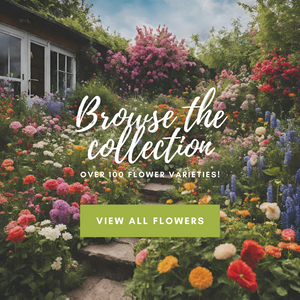
Thank Your Local Pollinator
No Pollinators = No Food
This may sounds harsh, but it is our current reality. A few weeks back a news headline read "tractor trailer load of honeybees topples". In February the federal government pledged over 3 million dollars to save the Monarch Butterfly. Local gardeners express their concern over loss of hedge row habitat and excessive pesticide use. Houston, we have a problem.
Let Spring 2015 be the season you make a difference. You have heard of "Plant a Row for the Hungry"? Let's try "Plant a Row for the Pollinators". The insects need our help.
Insects need three main things: plants(food), water and shelter. You can do this. Here's how.
Butterflies. Every species of butterfly has a specific host plant they will lay eggs on. Why? Because the caterpillars that hatch from those eggs will only eat the leaves of certain plants. Monarchs need Milkweed, Zebra Swallowtails need Pawpaw trees, Tiger Swallowtails need plants in the carrot family (parsley, fennel, etc.), and the list goes on. Quality nectar sources are needed once the caterpillar turns into a butterfly. I stress QUALITY. Research has shown that the nectar in Butterfly Bush is like feeding candy to a child. The alternative would be plants like Joe Pye, Aster, Beebalm and Blazing Star (to name a few).
European Honeybees require plants with quality nectar and pollen, as do native bees and other beneficial insects. Plants like Clustered Mountain Mint, Rattlesnake Master (everyone needs this plant because of the name), Milkweed, and Goldenrod will meet these needs.
The best thing about all of the plants mentioned - they are hardy, reliable and beautiful perennials that are perfect for Central PA!
So, where do you start? How about removing some of your turf. You know you don't need ALL of it, right? A chemical free approach would be sheet mulching, to smother the turf, and start the soil building process. Sheet mulching is simple - place a layer of cardboard over the turf. Cover with 8" of compost/wood chips. Let it sit for a month or two so that the microbes can begin to reproduce in your soil - lots of microbes means a happy garden.
When planting, keep your plants close together and plant in drifts (3 or more of the same plant together). They are allowed to touch. Dense plantings lead to fewer weeds, reduced mulching costs and happy insects. The first year generally requires the most maintenance - weeding, watering, etc. One more tip - to save your back - don't cut down perennials in the fall. Insects overwinter in this dead plant material. Removing it, removes the insects and results in decreased numbers.
Not only will the beneficial insects thank you, but your vegetable gardens will be happier as well. For additional information on some of the best plants for pollinators, visit https://www.facebook.com/notes/maescapes/bees-bugs-blooms-pollinator-plant-trial-results/10152219731926781




Leave a comment